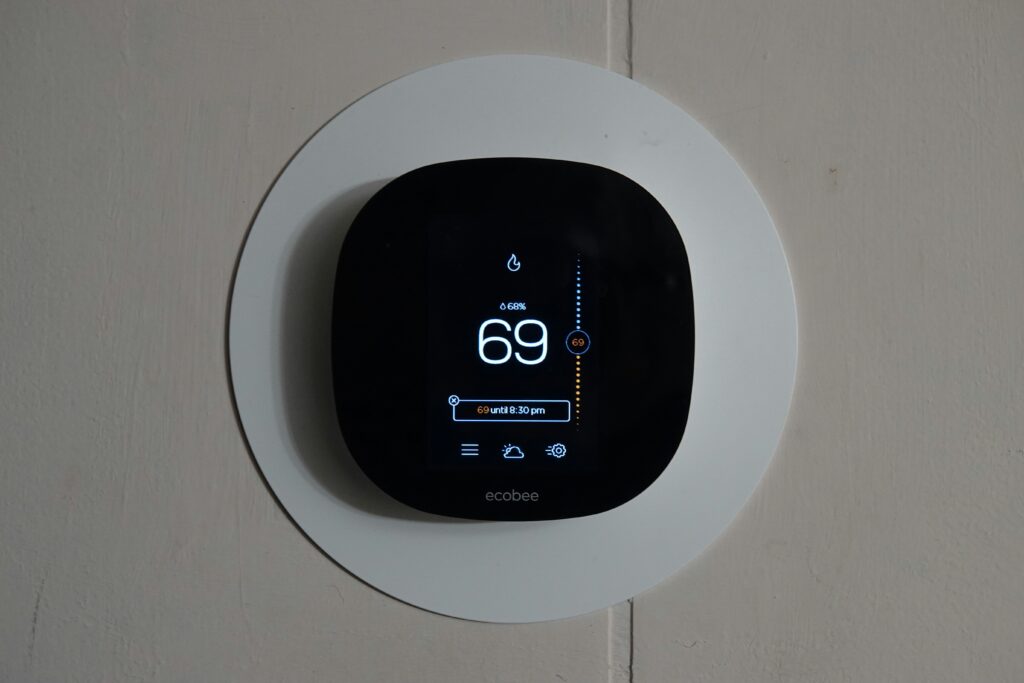Have you ever walked into a home and immediately started sneezing? The indoor comfort of a home has a lot to do with the quality and age of insulation. When considering how to best provide comfort in your home, insulation and air sealing can be the first lines of defense against allergy causing irritants.
Removing Old Insulation
Especially in older homes, removing outdated and dirty insulation is a great first step in improving the air quality and comfort in your home. Contaminants such as bacteria, pollen, pet dander, and more can move through the air and get stuck in insulation. Over time, deteriorating insulation can release these particles back into the air, and drastically reduce your air quality. When old insulation is removed, it provides the opportunity for the best new insulation, making your home as comfortable as possible for as long as possible.
Installing New Insulation
Spray foam is a strong line of defense against allergy-causing irritants. When spray foam is installed it expands on contact, filling even the smallest of gaps located within your home. The air barrier that is created lasts a long time, and protects your home from outside irritants. Billions of tiny dust particles and pollens float around in outside air, but with quality insulation, those numbers are drastically reduced inside your home. This protects those with allergies and asthma from the discomfort of congestion, itchy and watery eyes, coughing, and sneezing.
Air Sealing
The air quality inside of your home can be affected by the air quality outside, when your home is not properly sealed. Smoke, pollen, and dirt can all enter a home when there are cracks and openings within your home. By sealing against any gaps, new insulation is able to do the job that it was installed for, and maintain that efficiency.





